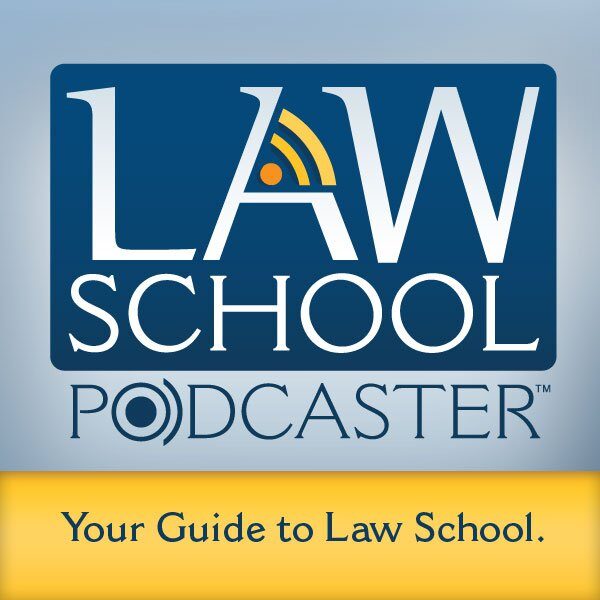 U.S. News & World Report plans to “significantly change its estimate for the at-graduation rate employment for nonresponding [law] schools,” says Robert Morse, Director of Data Research at U.S. News & World Report, on his blog Morse Code. According to Morse, the reason for the forthcoming change in methodology is to “to create an incentive for more law schools to report their actual at- graduation employment rate data.”
U.S. News & World Report plans to “significantly change its estimate for the at-graduation rate employment for nonresponding [law] schools,” says Robert Morse, Director of Data Research at U.S. News & World Report, on his blog Morse Code. According to Morse, the reason for the forthcoming change in methodology is to “to create an incentive for more law schools to report their actual at- graduation employment rate data.”
Up until now, U.S. News & World Report made an automatic calculation when law schools didn’t report their employed-at-graduation numbers. If the schools failed to report their actual numbers, U.S. News automatically assigned a number that is about 30 percentage points less than the number of the school’s graduates employed nine months after graduation.
We posted recently about reports on TaxProf Blog and ABA Journal about the increasing number of schools that aren’t reporting at-graduation data. TaxProf Blog noted that 16 schools reported at-graduation data that was lower than they would have gotten by the automatic calculation, and raised the question of whether they had committed “rankings malpractice.”
In his post responding to some of these questions, Morse explains that “the problem with being totally transparent about key methodology details about U.S. News’s America’s Best Law Schools Rankings is that it’s clear—based on our own analysis of historical trends in the [sic] our law school rankings and recently published blog posts—that certain law schools are taking advantage of that knowledge to game our rankings.” In announcing the planned change, Morse says the idea is to stop law schools from ‘gaming the rankings’ and to create an incentive for more schools to provide the vital job placement data.
Morse declined to provide further details about the change in methodology and said “this new estimating procedure will not be released publicly before we publish the rankings.” So, while transparency can often be a good thing, it seems that a little less transparency in the ratings methodology might just lead toward fuller disclosure from law schools about job placement data. That’s a good thing for law school applicants.
For more information on this topic, check out our recent podcast, Law School Rankings: What Do the Numbers Mean?, where we talk with some of the people who publish law school rankings and take a look at the methodology behind the rankings. Robert Morse, Director of Data Research for U.S. News & World Report’s, America’s Best Law Schools is one of the guests interviewed for this Law School Podcaster segment. Listen to the full show to hear more about the way the rankings are calculated.
